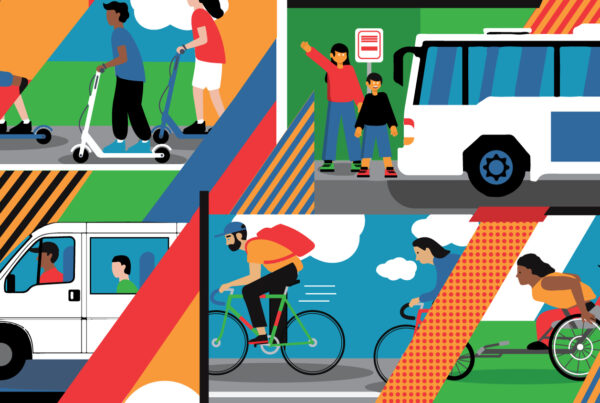As the sharing economy has grown, so have derivative start-ups or so-called “piggybackers” – companies designed to hitch a ride on the success of industry leaders like Airbnb and Uber. By offering complementary services, such as helping Airbnb hosts price their properties or Uber drivers track their earnings, these companies can turn a profit while also supporting the sector’s growth.
One of the biggest “piggyback” marketplaces has sprung up around app-based, on-demand transportation services such as Uber, Lyft, Postmates and TaskRabbit. To accommodate rising demand for drivers, a variety of companies have launched in recent years that focus exclusively on providing vehicles to car-less workers.
Breeze, one of the first entrants into the “carsharing for ridesharing” space, offers vehicles to qualified users for around $200 per week. Other services charge by the month, day, shift or even the hour. Each business model is slightly different. Hyrecar, which is based in San Francisco and operates in approximately half a dozen U.S. cities, uses a peer-to-peer carsharing to furnish its fleet. Companies like Los Angeles’ Evercar and Chicago’s E-RIVE specialize in providing electric and hybrid autos. Even Uber and Lyft now offer their own short-term lease options for drivers.
“We are shifting away from ownership toward an access model,” said Harry Campbell, a ridesourcing driver who writes about the industry on his blog The Ride Share Guy. “Why have pay for a car 24 hours a day, when you only need it for six?”
Who’s Driving?
While people use short-term rental services for a variety of reasons, many simply do not have access to a car of their own. Doug Snower, founder of Chicago’s E-RIVE, says most of his users – 60 to 70 percent – are car-less.
“Our members are primarily Uber drivers, although we are finding they also use the cars for personal trips quite a bit,” said Snower. “On Sundays they might run an Uber shift in the morning, then take the car to go to church or shopping, and maybe pick up some more business in afternoon before they drop it off.”
“There is a really nice blend of commercial and private use,” he said. “That’s exciting for us.”
Other users might have cars that were too old to qualify for Uber or Lyft’s platforms, or simply don’t want to put the wear and tear of ridesourcing on their personal vehicles.
According to Campbell of The Rideshare Guy, a full-time ridesourcing driver might log upwards of 50,000 miles a year – roughly five times the number of miles driven by the average person.
“What I like about the leasing option is that you know the costs up front,” said Campbell. “You know how much you are making and how much you are spending. You just add gas and it’s a simple calculation. Otherwise it’s hard to figure out the depreciation on your car.”
Some have noted that short-term rental rates can be relatively expensive when compared with an average monthly lease payment on a new car. But that’s only if you have a sufficient credit rating and enough socked away for a down payment, says Campbell.
“In general, if you are the cream of the crop, you might save more money by buying a car,” he said. “But for the average driver, it may be closer in cost than you think.”
The Demand Side
Ridesourcing companies – which need to keep their driver pipelines full in order to keep pace with the demands of rapid expansion – have also benefited from these new services.
However, some have also questioned whether short-term rentals might further blur the line between ridesourcing and taxicabs. While proponents of ride-hailing often cite its ability to take advantage of empty seats in personal autos, there seems to be less of a benefit when that “personal auto” is actually leased by the day or week, much like a taxi.
In California, where the majority of these new services are headquartered, the state’s Public Utilities Commission recently deferred consideration of a proposal that would require drivers for Transportation Network Companies to sign leases that are at least four months in duration.
According to E-RIVE’s Snower, however, the on-demand aspect of these services could actually be their greatest benefit.
“We think the value is in short term rental, not weekly or monthly,” said Snower, whose company rents cars by the shift. “You get a lot more diversity in utilization, and you get more members who are able to use the service.”
“We want to take cars off the road, not put more on,” he said. “You are better served by having community vehicles that are shared. Once you give the vehicle to only one person, you are doing car rental, not car sharing.”



